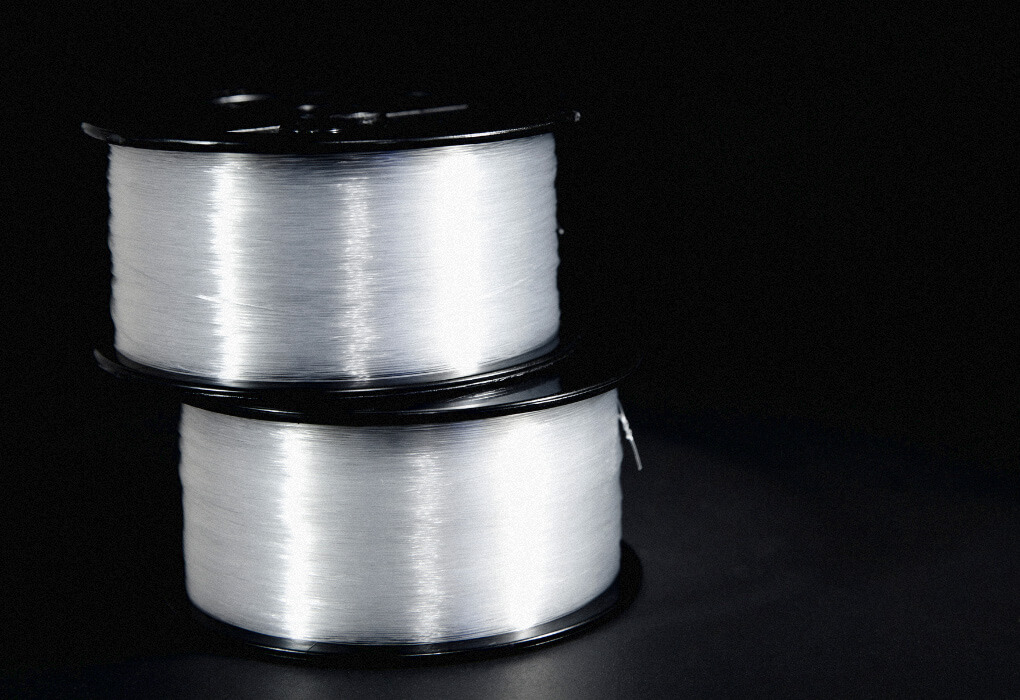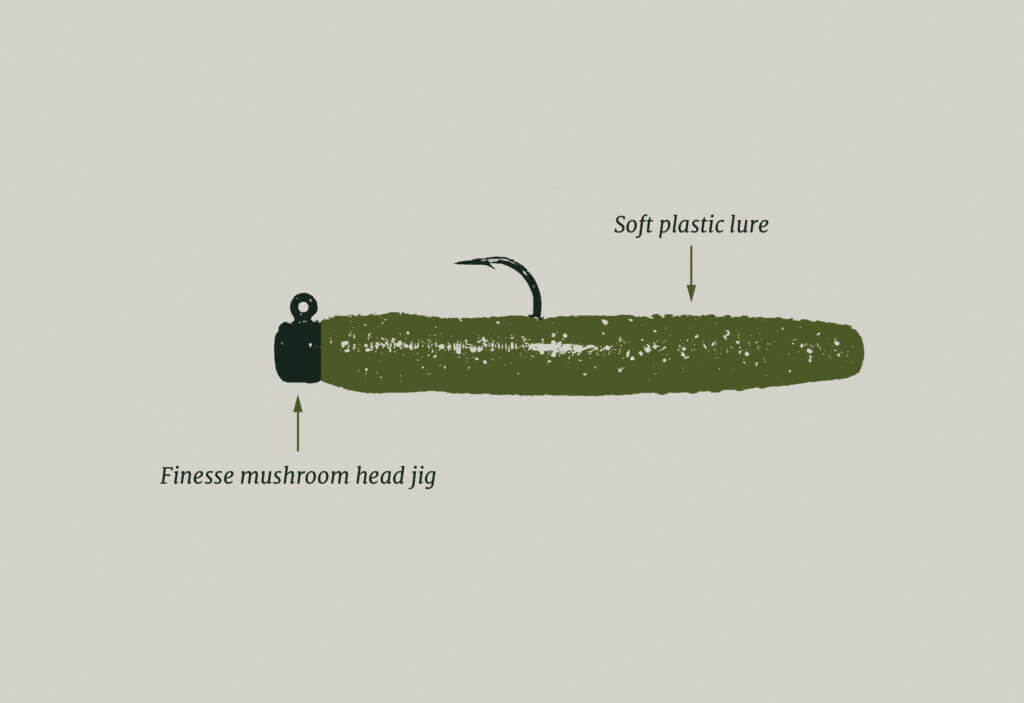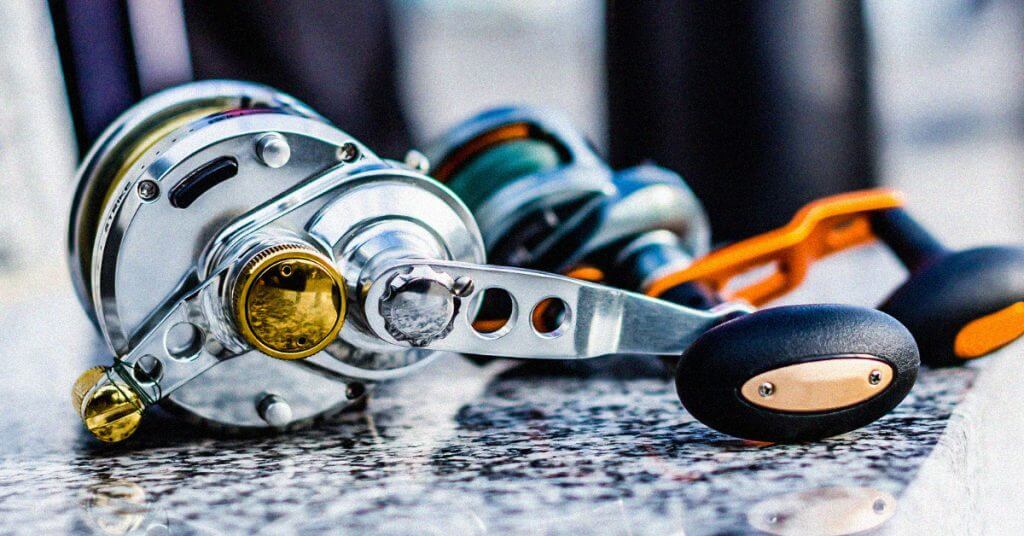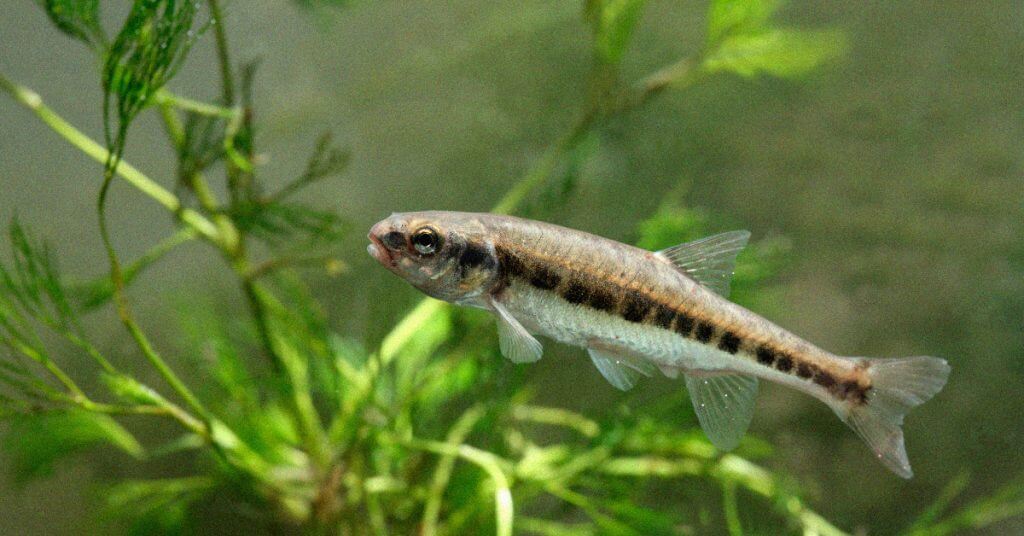Few bass fishing topics are more misunderstood than finesse fishing.
For many, it means using lighter rods, spinning reels and lighter test lines, smaller lures, and a gentler approach.
To some anglers, it means using natural colors and a presentation closely resembling food a fish typically eats.
Still, for others, it just means offering fish a lure different from what another angler offers.
The fact is all of the above qualifies as finesse fishing.
This article will cover a broad brush picture of finesse techniques and help you understand when bass anglers should use a finesse presentation to spur finicky fish to bite a lure.
It will also include some fishing tips that, while not guaranteeing strikes, will ensure fish notice your presentation.
Table of Contents
What Is Finesse Fishing?
Anglers.com writer and content creator Wes Littlefield discusses common finesse fishing mistakes that are costing you fish, in the YouTube video above.
A finesse situation entails a lot of different scenarios, fishing strategies, gear, and techniques. Every finesse situation has three main characteristics:
First, the fish are not biting because of one of the following:
- Time of year (cold or hot water temperatures)
- Weather conditions like a cold front, low or high-pressure approaching, or windy conditions
- Water clarity issues like dirty or clear water
- Excessive fishing pressure
- Overuse of some types of lures
- For some reason, only the fish knows or understands
Second, anglers opt for a softer, lighter approach to entice bass to eat rather than going for a reaction strike (although reaction strikes are still great when they happen.)
Third, anglers use lighter tackle, including smaller lures and light lines, so that the presentation of that softer approach looks as natural as possible.
Best Time for Finesse Fishing
While using a finesse approach is a treasured pastime for many anglers, most will only resort to the technique when their regular power fishing approaches are not working.
For whatever reason, largemouth and smallmouth bass have clammed up and are not striking at the bait.
The best finesse bass fishing approach to angling takes things down a notch in the hopes a subdued approach will put fish in the mood to feed.
Thus, the best time to use finesse fishing, if you do not use it regularly, is when your power fishing approaches fail.
Best Finesse Fishing Rigs

There is no “right” or “best” finesse fishing setup for rigs.
However, most anglers will opt for a spinning rod and reel over a baitcaster and smaller baits like a four-inch Senko worm or a flat-sided crankbait that is a quarter ounce or less.
Another finesse strategy is to use a Ned Rig, shaky head, or finesse jigs to give fish a smaller, slow-moving target, not causing so much commotion that they get spooked.
The key to getting the proper rig is ensuring it feels natural in your hands, particularly while retrieving whatever bait you use. Many anglers try and match their rod, reel, and line to let them have sensitivity in deeper water.
If you can finesse a lure in deeper water, you can easily do it in shallower water.
Best Line for Finesse Fishing

Your rod and reel should determine the pound test line you use.
Additionally, many finesse anglers use a fluorocarbon leader to lower the profile of the fishing line.
While you want to make sure your line can handle big bass, the goal is to balance a line that is strong enough to catch fish but not so strong it creates a distraction for the fish.
Generally, an angler will spool braid line between six and 10-pound test, mono that is between 6 and 10-pound test, or fluoro leaders that are 4 to 10-pound test.
These types of lines will help you land big fish but not spook them.
Finesse Fishing Techniques

The goal of finesse tactics is to put baits in front of fish that are unobtrusive.
Whatever fishing gear and techniques you use are almost as important as the style of fishing presentation you give the bass.
For example, a light action rod with a small swim jig will work when the bite gets tough if the coloring and presentation are what the bass want.
What will not likely work is to use bass poppers or buzzbaits and create so much chaos on the water that the bass move away.
You could also use a smaller swimbait, jerkbait, soft plastic finesse worm, or some variation of a drop shot rig and plastic worm or an aquatic animal.
Even using a slow and pause retrieval of a shaky head with swimbait or wacky rig worm will work well as a finesse technique.
All that means is that your finesse baits or bait size are as important as lure color (natural colors like brown, black, green pumpkin, silver, pearl, etc.,) matching local food, and presenting the bait in a manner the fish are comfortable seeing.
Frequently Asked Questions
The following are frequently asked questions about fishing while employing a finesse strategy.
Is a Texas Rig considered finesse?
Yes, a Texas Rig can be considered finesse. You can use a Texas Rig with a soft plastic worm, grub, minnow, or baitfish.
If you’re patient in your retrieval and let it set on the bottom, a Texas Rig is an effective finesse rig.
What size rod is best for finesse fishing?
A six to seven-foot rod is best for finesse fishing, although if your presentation looks natural enough, you can use a larger rod.
The key is to match your finesse fishing rod and reel combo so that both allow the lure to look natural.
What action is best for finesse fishing?
Fast action is the best for finesse fishing. A fast-action rod allows you to feel the light bites and quickly set the hook.
Last Cast
The important thing to keep in mind when finesse fishing is that your presentation is the most important component.
You can use a finesse approach in shallow or deep water, with a lighter line and small lures, and as long as you present the lure in a way the bass find natural, your chances of success are good.
Do you consider yourself a finesse angler or a power angler?




